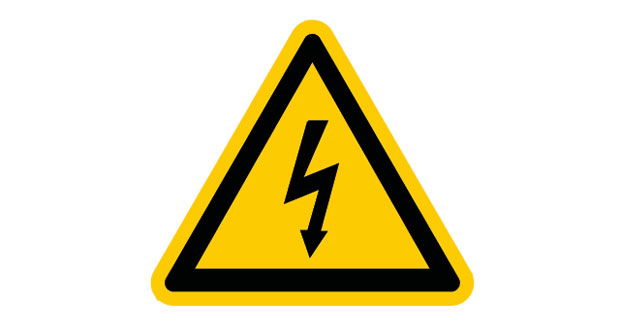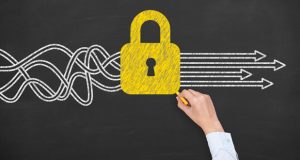 Danny Power, Operations Director at phs Compliance explains the correct procedures for effective electrical inspection and testing to ensure a safe and functional working environment
Danny Power, Operations Director at phs Compliance explains the correct procedures for effective electrical inspection and testing to ensure a safe and functional working environment
As the complexity of modern buildings increase, ensuring that all electrical equipment and electrical installations are functioning safely and effectively is a frontline defence against health and safety issues, equipment failure and costly downtime.
Electrical faults are one of the leading causes of workplace fires, equipment problems and power failures. Without regular inspection and testing, these hidden dangers will go undetected. This is why carrying out electrical inspections and testing should be the cornerstone of operational reliability and risk management for every facility manager.
PERIODIC ELECTRICAL INSPECTION AND TESTING
The term ‘electrical installation’ covers power and lighting cables and their associated containment systems, along with a wide range of fixed electrical equipment, including sockets and switches, distribution boards and sub-main network cables and switchgear, and fire, security and control systems.
British Standard BS 7671 (as amended) Regulation 135.1 recommends that every electrical installation is subjected to periodic inspection and testing and an Electrical Installation Condition Report (EICR).
The required frequency of the EICR can vary from 12 months to five years depending on the type of installation – for example, a special location or a standard commercial building. This is detailed in Table 3.2 of the IET Guidance note 3.
The EICR includes a formal visual inspection and test results for earth continuity, polarity, insultation resistance, earth fault loop impedance and RCD testing on circuits.
The outcome of the EICR will either be ‘satisfactory’ or ‘unsatisfactory’ depending on the classification of codes attributed to the observations found during the inspection process.
Any C1, C2 or FI observations codes used to classify the severity of electrical issues that are identified during the inspection process will result in an unsatisfactory status of EICR. These will need to be remedied by a qualified engineer, who will then issue a Minor Work Certificate (MWC) or Electrical Installation Certificate (EIC) for the remedial work, dependent on the extent of the work that was carried out.
The MWC and/or EIC completed by the engineer will supersede the unsatisfactory status of the report. Importantly, this process will also present a paper trail which clearly indicates the path to compliance, should you ever need to prove it.
Having an experienced specialist carry out periodic inspection and testing, and any remedial work required, will ensure compliance with both the Electricity at Work Regulations 1989 and Health and Safety at Work Act 1974.
ELECTRICAL EQUIPMENT TESTING
Electrical equipment that can be connected and disconnected from an electrical supply, such as laptops, computers, kettles, fridges and extension leads require regular Electrical Equipment Testing (EET), formerly known as Portable Appliance Testing (PAT). This is to ensure that the risks of electric shock, overheating and fire from electrical equipment is reduced.
Following the requirements of the ‘Code of Practice for In- Service Inspection and Testing of Electrical Equipment 5th edition’, EET testing by a skilled person is recommended by specialists as the best way to ensure compliance with the Electricity at Work Regulations 1989 and Health and Safety at Work Act 1974. This will ensure that equipment is safe to use in the workplace, including any electrical equipment employees are using when working from home.
An EET engineer will carry out a formal visual inspection and test on the equipment. The tests carried out on the equipment include earth continuity, polarity and insultation resistance. Dependent on the results of the formal inspection and test results, the appliance will then receive a pass or fail sticker.
Failed appliances must not be used and should be removed from service immediately.
Ensuring your compliance by following the recommendations for electrical installation and equipment inspection and testing is the best way to protect your business, employees and visitors.
STAY SAFE, USE THE EXPERTS
To ensure you are meeting the best compliance criteria ensure your supplier holds accreditation with UKAS as a Type C inspection body accredited to ISO/IEC 17020:2012, which covers the inspection of new and existing electrical installations and the in-service inspection and testing of electrical equipment.
For instance, phs’ accreditation with UKAS ensures that every aspect of its quality management system, including competency and impartiality of its engineers, inspection methods and management system procedures are comprehensively audited at the highest level within the industry. It’s also worthwhile to ensure your supplier is an approved NICEIC contractor, whose certification provides industry-recognised assessments to the building services sector, including plumbing and heating engineers.
By using all the above-mentioned safeguards, you can be reassured your organisation meets the expected standards to keep staff and occupants all safe.






